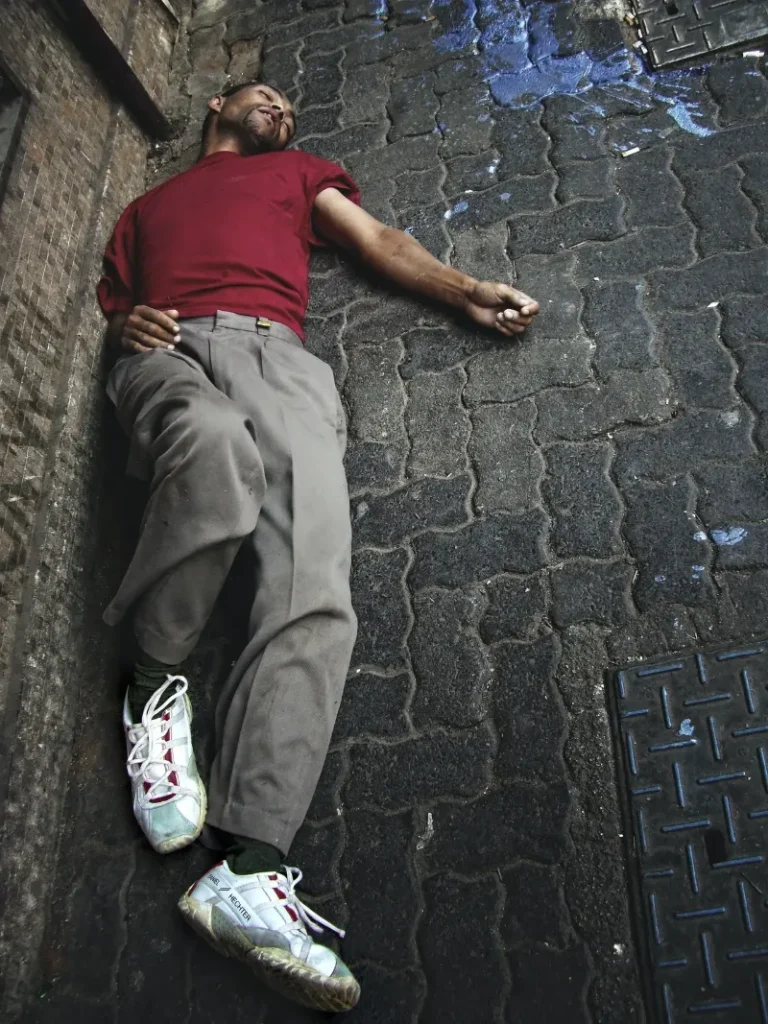Carbon monoxide gas is known as the invisible, odorless killer. Unlike other gasses, when released into the atmosphere, carbon monoxide is colorless (invisible) and odorless (there is no smell); there is no way, other than having a carbon monoxide tester, to know that carbon monoxide gas has been released into the environment, specifically, the environment you are occupying. Below are some facts about carbon monoxide and your options if you are a victim of carbon monoxide poisoning.
1. Definition of Carbon Monoxide

According to the Merriam-Webster online dictionary (https://www.merriam-webster.com/dictionary/carbon%20monoxide), carbon monoxide is ” a colorless odorless very toxic gas that is formed as a product of the incomplete combustion of carbon or a carbon compound.” Carbon monoxide gas can be released anywhere that fuel is burned. Carbon monoxide is one carbon molecule and one oxygen molecule, with the chemical formula CO. When carbon burns with insufficient air, a pale blue flame occurs, and carbon monoxide gas is created. The existence of carbon monoxide was first reported between 1870 and 1875.
2. Symptoms of Carbon Monoxide Poisoning

There are several potential symptoms of carbon monoxide poisoning, including headaches, loss of consciousness, confusion, blurry vision, difficulty breathing, weakness, dizziness, and vomiting. These symptoms vary greatly and the main factor, determining the degree of variation, is exposure time. The longer you are exposed to the poison, the worse the symptoms will be.
I had the pleasure of working with a family on a carbon monoxide poisoning claim. It was a grandmother and 4 grandchildren. When I spoke to the grandmother, regarding the incident, she had tears in her eyes and her voice trembled as she explained to me, that when she woke up, her youngest granddaughter would not respond to anything, when they tried to wake her up. They shook her, screamed her name, did everything they could think of to get her to open her eyes and she would not wake up. She thought her granddaughter was dead. Thankfully, the youngest granddaughter was revived and after ambulance trips to the emergency room for all 5 that were poisoned, as well as a couple of follow-up visits to their primary care physicians, they all recovered.
Not all stories turn out as well as they did for the family I worked with, on the carbon monoxide poisoning cases. I am not minimizing the symptoms or emotional trauma, as it was so frightening for them all, thinking their sweet, little girl was gone, but carbon monoxide is called the invisible, odorless killer, for a reason, because it is exactly that, a killer. According to the CDC page, Carbon Monoxide (CO) Poisoning Prevention (https://www.cdc.gov/nceh/features/copoisoning/index.html), every year, there are at least 430 deaths in the United States, from carbon monoxide poisoning. There are approximately 50,000 trips to the emergency room, each year, due to carbon monoxide poisoning.” In July 2020, just last month, a family of four, died in Edinburg, Texas, due to carbon monoxide poisoning.
3. Long-Term Effects of Carbon Monoxide Poisoning

If you are a victim of carbon monoxide poisoning, there is a chance that there will be no long-term effects, but there is also a chance that there could be serious, permanent effects. Similar to the number of symptoms, the long-term effects of carbon monoxide poisoning are triggered by extensive exposure to the poison, either a large amount of exposure, over a short period, or continued small amounts of exposure, over a long period. According to the article, Carbon Monoxide Poisoning, posted on Harvard Health (https://www.health.harvard.edu/a_to_z/carbon-monoxide-poisoning-a-to-z), “The prognosis depends on the severity of carbon monoxide poisoning. Among people with severe symptoms, as many as two out of three people may have long-term complications, especially neurological problems. In people with mild to moderate symptoms, as many as one in five can develop lasting neurological problems. Neurological problems range from mild personality changes to severe intellectual impairment, blindness, and deafness. In pregnant women, poisoning can cause fetal death or cerebral palsy in the child.” As you can see, carbon monoxide poisoning is a very dangerous illness, that should not be taken lightly.
4. How do I get carbon monoxide poisoning?

You get carbon monoxide poisoning by inhaling an excessive amount of carbon monoxide gas. So then, the next question, is where could I come in to contact, and inhale, an excessive amount of carbon monoxide gas? Again, carbon monoxide can be released anywhere that fuel is burned; homes or businesses with fuel-burning appliances or attached garages are more likely to produce higher levels of carbon monoxide gas, resulting in higher chances of carbon monoxide poisoning. Appliances that could release carbon monoxide gas into the air include clothes dryers, water heaters, furnaces, boilers, fireplaces (gas and wood burning), gas stoves, gas ovens, grills, generators, power tools, and lawn equipment. Motor vehicles also release carbon monoxide, when running; this is why attached garages can be a factor in carbon monoxide poisoning. Appliances used while camping, in the great outdoors, have high potential for release of excessive carbon monoxide gas and if any of these appliances, like generators, camp stoves, charcoal grills, or lanterns, are left near the opening of or in a tent, camper, cabin…wherever you are camping…there is a drastically increased chance for carbon monoxide poisoning.
5. Can I get a settlement for carbon monoxide poisoning?

Yes, if a property owner is negligent in maintaining items that could produce excessive amounts of carbon monoxide and you suffer due to that negligence, you could potentially have a claim. One of the main questions, when assessing a potential carbon monoxide poisoning claim is, who is responsible for maintaining the property and were they negligent in their property maintenance, regarding the release of excess carbon monoxide gas? You will also want to know if the property owner was given previous notice of the excessive release of carbon monoxide gas and failed to take measures to remedy the issue. It is also very important if you do suffer from carbon monoxide poisoning, to seek medical treatment. As a reminder, potential symptoms of carbon monoxide poisoning include headaches, loss of consciousness, confusion, blurry vision, difficulty breathing, weakness, dizziness, and vomiting. Blood work analysis can provide proof of excess levels of carbon monoxide, in the blood, and adjusters and juries need documented evidence of your injuries, caused by the carbon monoxide poisoning; medical records are great proof of these injuries.
A home or business owner can buy a carbon monoxide detector for $19.97 (before taxes), at Home Depot. This is a minimum expense for a huge return, regarding the safety of guests, employees, customers, anyone who will be on the premises. As we invite people into our homes and businesses, it is our responsibility to keep them safe, where possible, and protecting from carbon monoxide poisoning is typically easy to do, by installing carbon monoxide detectors. We also need to properly vent and maintain our fuel-burning appliances and have them serviced by trained professionals.
Stay Safe!

